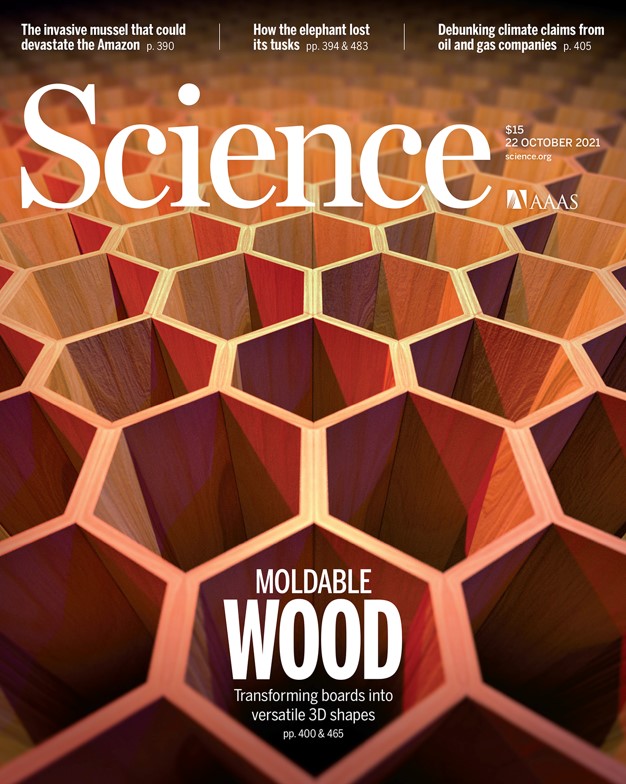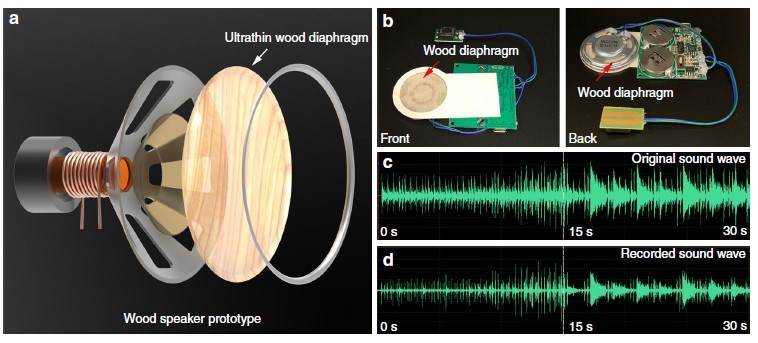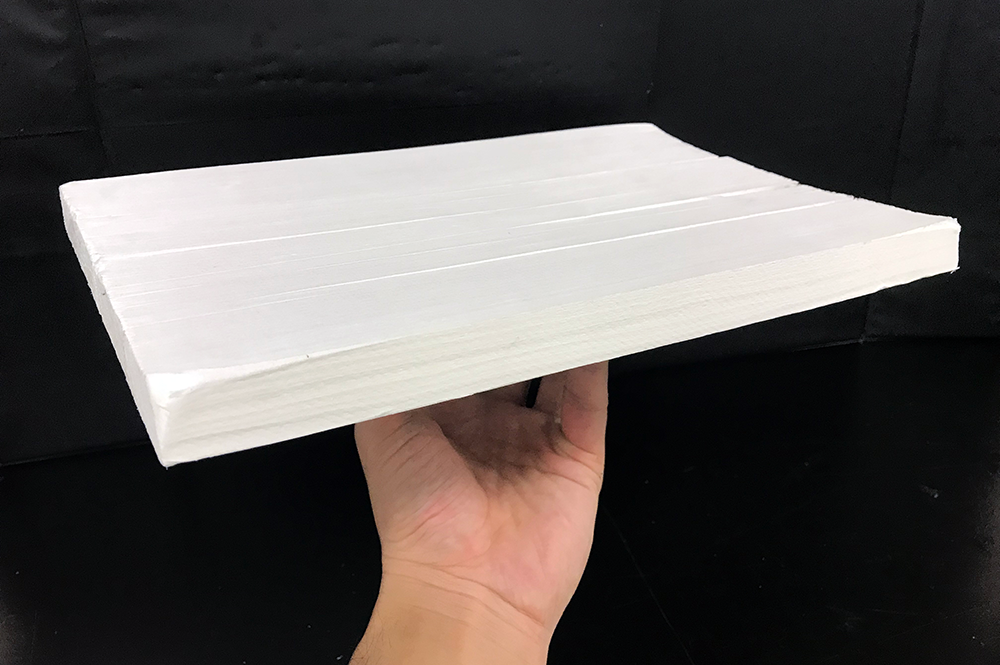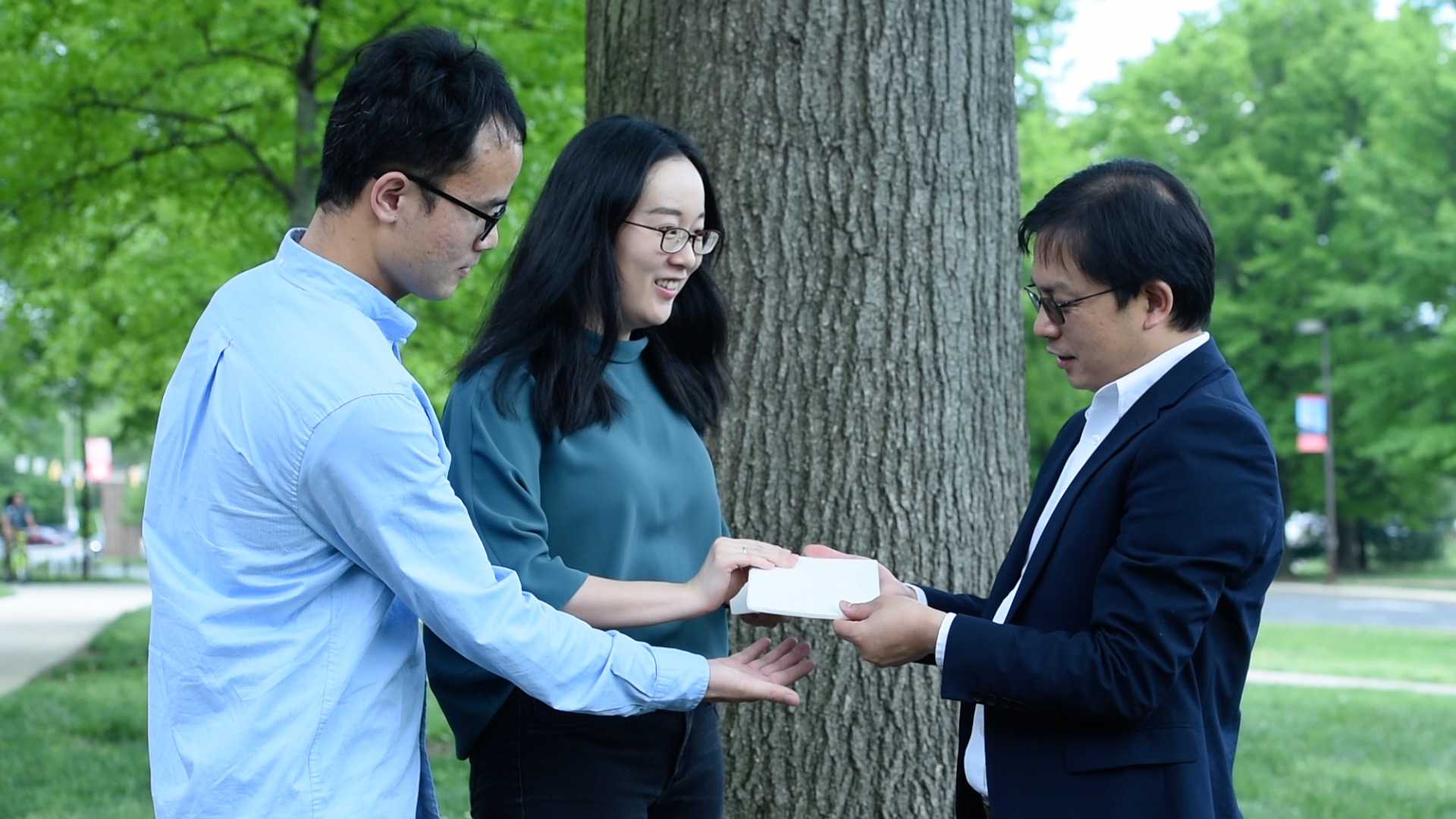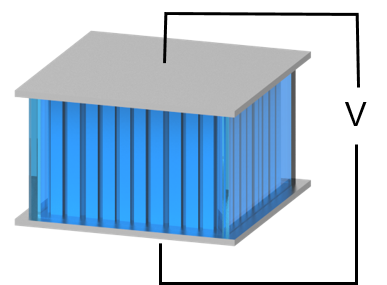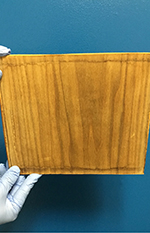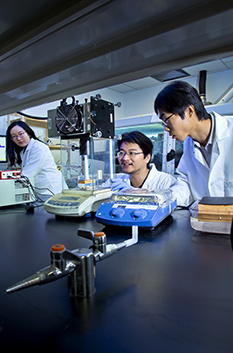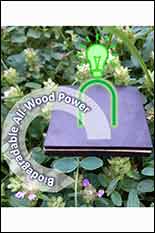News Story
Wood filter removes toxic dye from water
Engineers at the University of Maryland have developed a new use for wood: to filter water. Liangbing Hu of the Energy Research Center and his colleagues added nanoparticles to wood, then used it to filter toxic dyes from water.
The team started with a block of linden wood, which they then soaked in palladium – a metal used in cars’ catalytic converters to remove pollutants from the exhaust. In this new filter, the palladium bonds to particles of dye. The wood’s natural channels, that once moved water and nutrients between the leaves and roots, now allow the water to flow past the nanoparticles for efficient removal of the toxic dye particles. The water, tinted with methylene blue, slowly drips through the wood and comes out clear.
VIDEO: Wood filter removes toxic dye from water https://youtu.be/o8H8YxRP1Dw
"This could be used in areas where wastewater contains toxic dye particles," said Amy Gong, a materials science graduate student, and co-first author of the research paper.
The purpose of the study was to analyze wood via an engineering lens. The researchers did not compare the filter to other types of filters; rather, they wanted to prove that wood can be used to remove impurities.
"We are currently working on using a wood filter to remove heavy metals, such as lead and copper, from water,' said Liangbing Hu, the lead researcher on the project. "We are also interested in scaling up the technology for real industry applications." Hu is a professor of materials science and a member of the University of Maryland’s Energy Research Center.
"We found that the wood’s channels are actually slightly bent, and they are connected by pores, which slightly increase the time that the water is in contact with the wood," said Siddhartha Das, professor of mechanical engineering. His team helped Hu’s study the flow of water through the wood.
The research, which was published March 31, 2017, in the journal ACS Nano, is the latest innovative use of wood by the UMD team. They previously made a battery and a supercapacitor out of wood; a battery from a leaf; and made wood transparent then used it for windows.
--end--
Mesoporous, Three-Dimensional Wood Membrane Decorated with Nanoparticles for Highly Efficient Water Treatment
Chen, Gong, and Zhu, et al. 2017 ACS Nano
DOI: 10.1021/acsnano.7b01350
Published April 20, 2017


